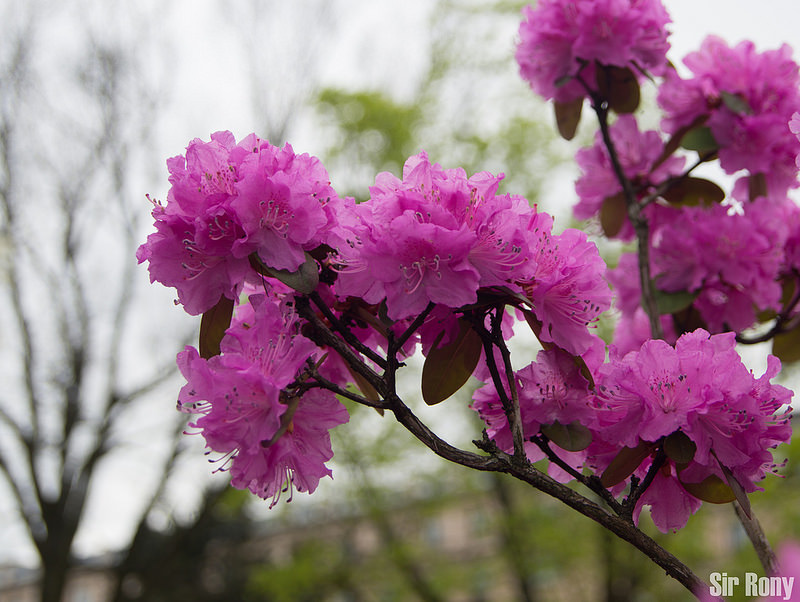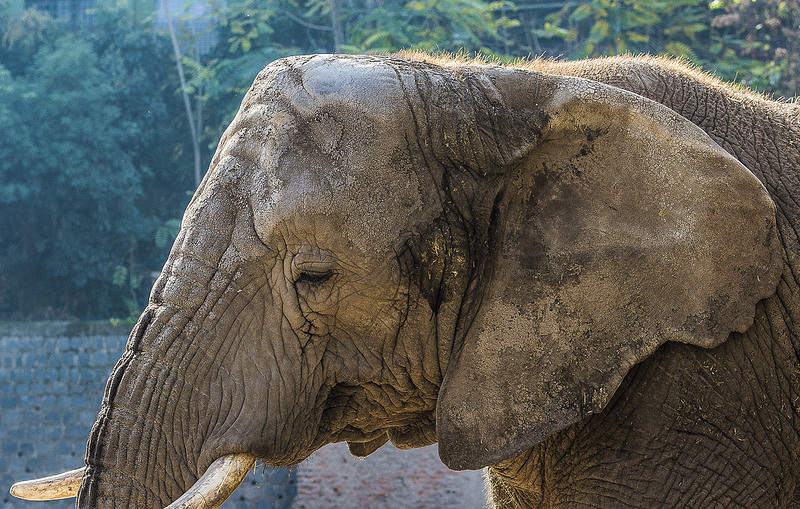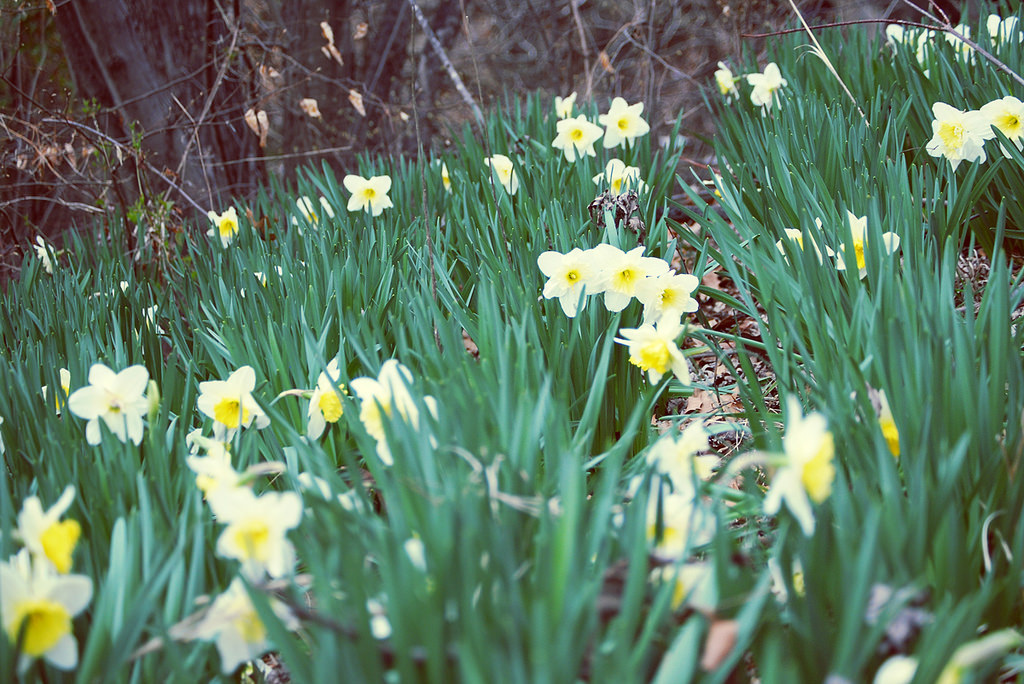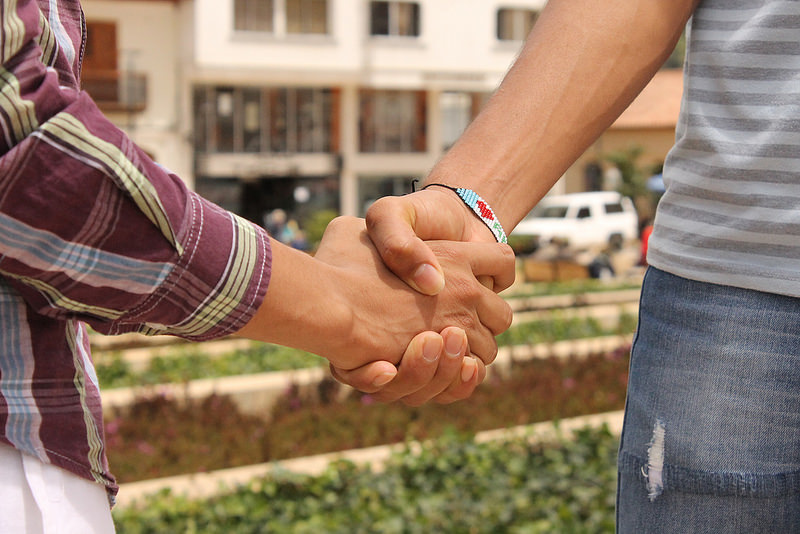Without it, the relationship will struggle to survive.
That’s because empathy requires compassion.
Without compassion, couples can’t develop a bond.
A bond is like glue:
If there is no glue then everything falls apart.
Empathy bridges the divide between being separate individuals
with different backgrounds, feelings and perspectives.
In John Welwood’s book, Perfect Love, Imperfect Relationships,
he defines love as
“a potent blend of openness and warmth,
which allows us to make real contact, to take delight in and appreciate,
to be at one with ourselves, others,
and life itself.”
Without empathy, we can’t make this real contact.
What is Empathy?
There are various definitions of empathy,
and one can separate empathy into three types:
cognitive, emotional and compassionate.
Cognitive empathy is sometimes also referred to as perspective taking.
This is when a person
can imagine how someone is feeling,
but they don’t feel their emotions.
For example:
A husband notices his wife looks upset and asks if she’s OK.
The wife recounts her extra-long commute to work.
He responds with
“Wow, that sounds really frustrating.”
Cognitive empathy allows us
to appreciate someone else’s feelings
without feeling them
or losing sight of whose feelings are whose.
Emotional empathy is when you do feel
the same or similar feelings as the other person.
For instance, you feel the happiness
when you see your partner happy.
Both cognitive and emotional empathy
can be used in negative ways
(e.g. someone might use cognitive empathy to be manipulative;
someone who takes on their partner’s emotions
might become too burned out to support them).
Compassionate empathy is a balance
of positive cognitive and emotional empathy,
which prompts us to take action, as needed.
For instance, a messy partner,
who has compassionate empathy,
can imagine and feel how annoying or even distressing
it is for their partner to deal with their mess,
so they modify their behavior and pick up after themselves.
In other words,
compassionate empathy
is more of a whole person response:
heart, mind and behavior.
By Margarita Tartakovsky, M.S.








 RSS Feed
RSS Feed
